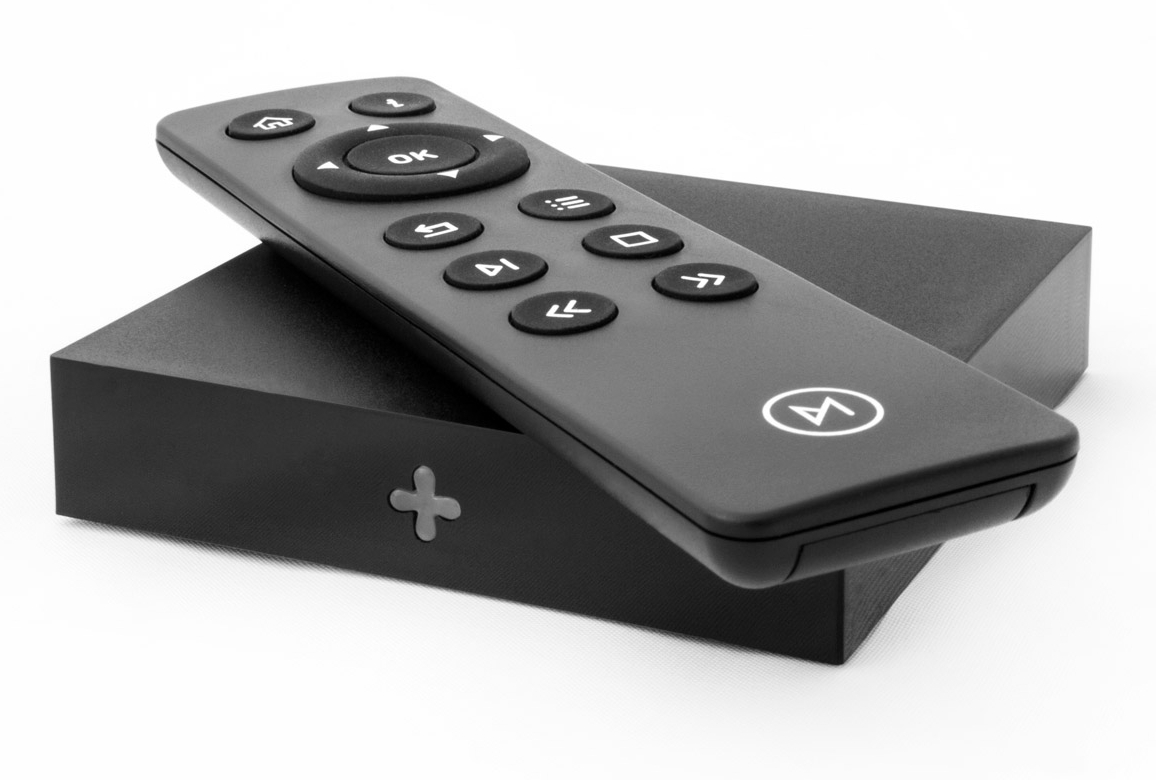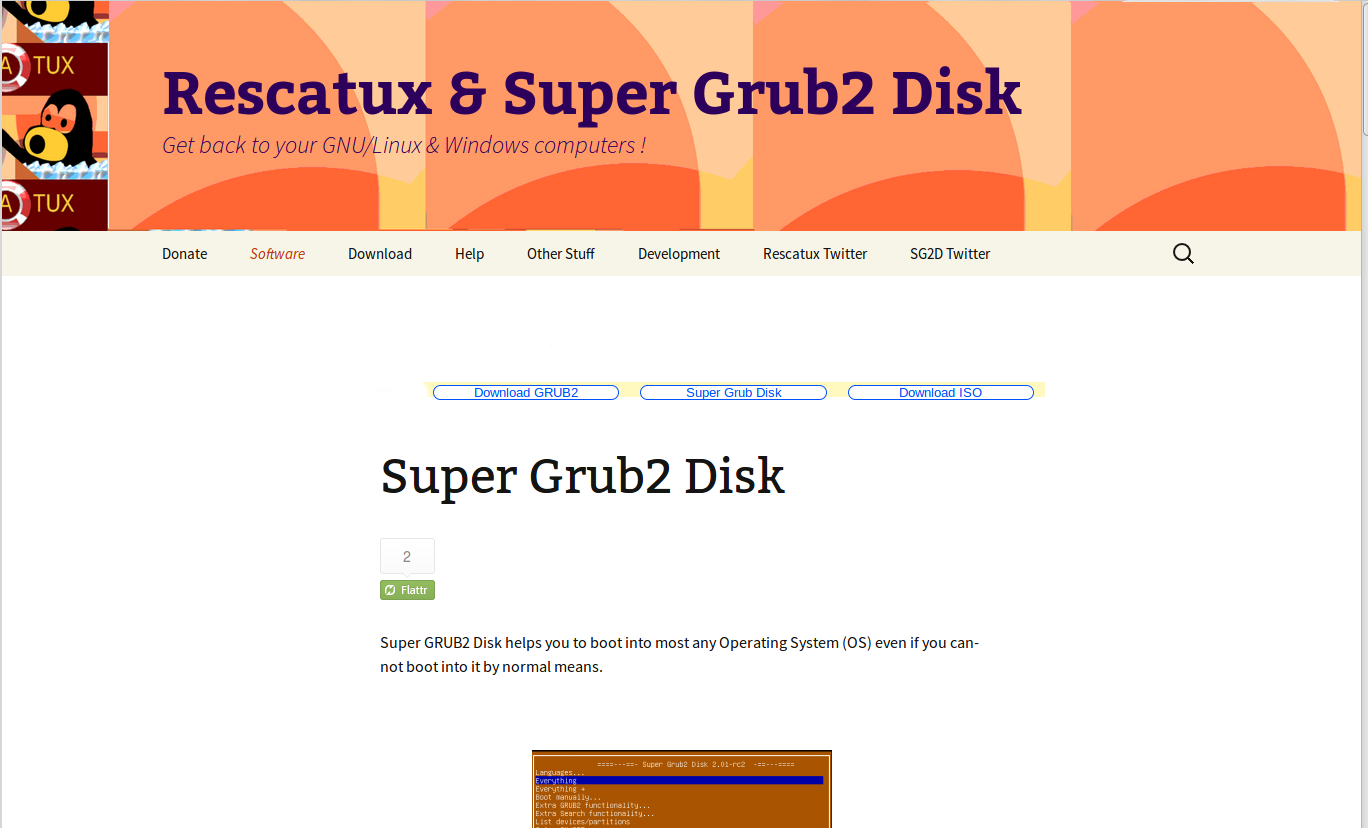
Linux çekirdeği resmi sitesi: https://www.kernel.org
Uzun süreli destek sürümü:
![]() 4.9.27 2017-05-08
4.9.27 2017-05-08
Değişiklik listesi…
Kernel’in 4.4.67 uzun süreli destek sürümü duyuruldu

Linux çekirdeği resmi sitesi: https://www.kernel.org
Uzun süreli destek sürümü:
![]() 4.4.67 2017-05-08
4.4.67 2017-05-08
Değişiklik listesi…
Kernel’in 3.18.52 [EOL] uzun süreli destek sürümü duyuruldu

Linux çekirdeği resmi sitesi: https://www.kernel.org
Uzun süreli destek sürümü:
![]() 3.18.52 [EOL] 2017-05-08
3.18.52 [EOL] 2017-05-08
Değişiklik listesi…
OSMC 2017.04-1 duyuruldu
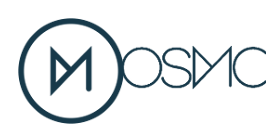 En düşük sistemler için dahi en iyi performansı sergileyecek şekilde tasarlanan, Raspberry Pi ile kararlı bir şekilde çalışma becerisine sahip, neredeyse tüm cihazlarla uyumlu bir şekilde çalışan ve eskiden Raspbmc adıyla bilinen Debian GNU/Linux tabanlı minimal bir GNU/Linux dağıtımı olan OSMC’nin yeni güncellemesi, 2017.04-1 sürümü duyuruldu. Kodi Krypton 17.1’i içeren ve çeşitli hataları giderilerek kullanıma sunulan sürümde, HifiBerry DACs ile Raspberry Pi 2/3 üzerinde geçiş sesinin işlenmesini önleyen bir sorunun düzeltildiği bildiriliyor. PVR ve EPG kullanımında meydana gelen çeşitli sorunların düzeltildiği belirtilirken, otomatikleştirilen sürücülerin paylaşımını önleyen bir sorun da giderilmiş bulunuyor. OSMC 2017.04-1 hakkında hakkında bilgi edinmek için sürüm duyurusunu inceleyebilirsiniz.
En düşük sistemler için dahi en iyi performansı sergileyecek şekilde tasarlanan, Raspberry Pi ile kararlı bir şekilde çalışma becerisine sahip, neredeyse tüm cihazlarla uyumlu bir şekilde çalışan ve eskiden Raspbmc adıyla bilinen Debian GNU/Linux tabanlı minimal bir GNU/Linux dağıtımı olan OSMC’nin yeni güncellemesi, 2017.04-1 sürümü duyuruldu. Kodi Krypton 17.1’i içeren ve çeşitli hataları giderilerek kullanıma sunulan sürümde, HifiBerry DACs ile Raspberry Pi 2/3 üzerinde geçiş sesinin işlenmesini önleyen bir sorunun düzeltildiği bildiriliyor. PVR ve EPG kullanımında meydana gelen çeşitli sorunların düzeltildiği belirtilirken, otomatikleştirilen sürücülerin paylaşımını önleyen bir sorun da giderilmiş bulunuyor. OSMC 2017.04-1 hakkında hakkında bilgi edinmek için sürüm duyurusunu inceleyebilirsiniz.
OSMC 2017.04-1 edinmek için aşağıdaki linkten yararlanabilirsiniz.
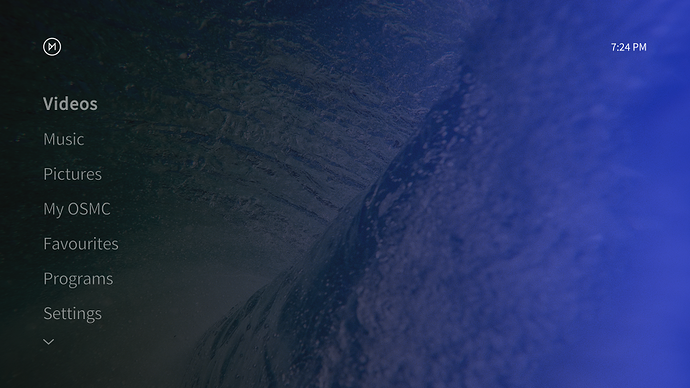
FyreLinux 17.05 duyuruldu
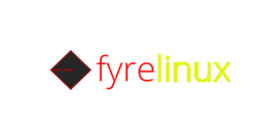
openSUSE tabanlı bir masaüstü dağıtımı olan FyreLinux, “Cantata” kod adlı ilk sürümü ile GNU/Linux severlerin kullanımına sunulmuş bulunuyor. Qt tabanlı iki masaüstü ortamı KDE ve LXQt ile dağıtılan FyreLinux, UEFI desteğiyle geliyor ve Calamares yükleyici içeriyor. Bir yuvarlanan (rolling release) sürüm olduğu belirtilen sistemin, xorg-server 1.19.3’e dayalı olarak geldiği, 64 bitlik bir sistem olarak inşa edildiği ve 4.10.12 Linux çekirdeği üzerine yapılandırıldığı bildiriliyor. FyreLinux 17.05 hakkında ayrıntılı bilgi edinmek için sürüm duyurusunu inceleyebilirsiniz.
FyreLinux 17.05 edinmek için aşağıdaki linklerden yararlanabilirsiniz.
Overview of the GNU System
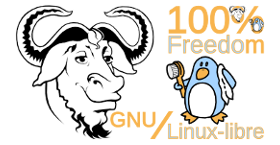 The GNU operating system is a complete free software system, upward-compatible with Unix. GNU stands for “GNU’s Not Unix”. Richard Stallman made the Initial Announcement of the GNU Project in September 1983. A longer version called the GNU Manifesto was published in March 1985. It has been translated into several other languages. The name “GNU” was chosen because it met a few requirements; first, it was a recursive acronym for “GNU’s Not Unix”, second, because it was a real word, and third, it was fun to say (or Sing). The word “free” in “free software” pertains to freedom, not price. You may or may not pay a price to get GNU software. Either way, once you have the software you have four specific freedoms in using it. The freedom to run the program as you wish; the freedom to copy the program and give it away to your friends and co-workers; the freedom to change the program as you wish, by having full access to source code; the freedom to distribute an improved version and thus help build the community. (If you redistribute GNU software, you may charge a fee for the physical act of transferring a copy, or you may give away copies.)
The GNU operating system is a complete free software system, upward-compatible with Unix. GNU stands for “GNU’s Not Unix”. Richard Stallman made the Initial Announcement of the GNU Project in September 1983. A longer version called the GNU Manifesto was published in March 1985. It has been translated into several other languages. The name “GNU” was chosen because it met a few requirements; first, it was a recursive acronym for “GNU’s Not Unix”, second, because it was a real word, and third, it was fun to say (or Sing). The word “free” in “free software” pertains to freedom, not price. You may or may not pay a price to get GNU software. Either way, once you have the software you have four specific freedoms in using it. The freedom to run the program as you wish; the freedom to copy the program and give it away to your friends and co-workers; the freedom to change the program as you wish, by having full access to source code; the freedom to distribute an improved version and thus help build the community. (If you redistribute GNU software, you may charge a fee for the physical act of transferring a copy, or you may give away copies.)
The project to develop the GNU system is called the “GNU Project”. The GNU Project was conceived in 1983 as a way of bringing back the cooperative spirit that prevailed in the computing community in earlier days—to make cooperation possible once again by removing the obstacles to cooperation imposed by the owners of proprietary software.
In 1971, when Richard Stallman started his career at MIT, he worked in a group which used free software exclusively. Even computer companies often distributed free software. Programmers were free to cooperate with each other, and often did.
By the 1980s, almost all software was proprietary, which means that it had owners who forbid and prevent cooperation by users. This made the GNU Project necessary.
Every computer user needs an operating system; if there is no free operating system, then you can’t even get started using a computer without resorting to proprietary software. So the first item on the free software agenda obviously had to be a free operating system.
We decided to make the operating system compatible with Unix because the overall design was already proven and portable, and because compatibility makes it easy for Unix users to switch from Unix to GNU.
A Unix-like operating system includes a kernel, compilers, editors, text formatters, mail software, graphical interfaces, libraries, games and many other things. Thus, writing a whole operating system is a very large job. We started in January 1984. The Free Software Foundation was founded in October 1985, initially to raise funds to help develop GNU.
By 1990 we had either found or written all the major components except one—the kernel. Then Linux, a Unix-like kernel, was developed by Linus Torvalds in 1991 and made free software in 1992. Combining Linux with the almost-complete GNU system resulted in a complete operating system: the GNU/Linux system. Estimates are that tens of millions of people now use GNU/Linux systems, typically via GNU/Linux distributions. The principal version of Linux now contains non-free firmware “blobs”; free software activists now maintain a modified free version of Linux, called Linux-libre.
However, the GNU Project is not limited to the core operating system. We aim to provide a whole spectrum of software, whatever many users want to have. This includes application software. See the Free Software Directory for a catalogue of free software application programs.
We also want to provide software for users who are not computer experts. Therefore we developed a graphical desktop (called GNOME) to help beginners use the GNU system.
We also want to provide games and other recreations. Plenty of free games are already available.
How far can free software go? There are no limits, except when laws such as the patent system prohibit free software. The ultimate goal is to provide free software to do all of the jobs computer users want to do—and thus make proprietary software a thing of the past.
Super Grub2 Disk 2.02s9 duyruldu
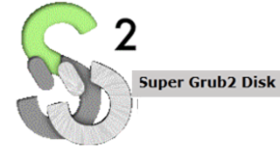 Herhangi bir işletim sistemi normal yollarla önyükleme yapamadığında kullanıcıya yardımcı olması amacıyla tasarlanan Super Grub2 Disk; 2.02s9 sürümüne güncellendi. Debian GNU/Linux tabanlı Rescatux ile birlikte yürütülen Super Grub2 Disk projesi, silinmiş veya başka bir şekilde bozulmuş GRUB ile kullanıcının yüklü bir işletim sistemine önyükleme yapmasına olanak sağlar. Super Grub2 Disk, kurulu işletim sistemlerini algılayabiliyor ve kullanıcının istediği işletim sistemine önyükleme yapmasını sağlayan bir önyükleme menüsü sağlayabiliyor. Super Grub2 Disk, bir CD veya USB bellek üzerinden çalıştırılabilen live bir önyükleme yükleyicisidir. Super Grub2 Disk GNU/Linux ve FreeBSD dışında; Windows Vista/7/8/8.1, Windows NT/2000/XP, Windows 98/ME, MS-DOS ve FreeDOS sistemleri desteklemektedir. Super Grub2 Disk 2.02s9 hakkında ayrıntılı bilgi edinmek için sürüm duyurusunu inceleyebilirsiniz.
Herhangi bir işletim sistemi normal yollarla önyükleme yapamadığında kullanıcıya yardımcı olması amacıyla tasarlanan Super Grub2 Disk; 2.02s9 sürümüne güncellendi. Debian GNU/Linux tabanlı Rescatux ile birlikte yürütülen Super Grub2 Disk projesi, silinmiş veya başka bir şekilde bozulmuş GRUB ile kullanıcının yüklü bir işletim sistemine önyükleme yapmasına olanak sağlar. Super Grub2 Disk, kurulu işletim sistemlerini algılayabiliyor ve kullanıcının istediği işletim sistemine önyükleme yapmasını sağlayan bir önyükleme menüsü sağlayabiliyor. Super Grub2 Disk, bir CD veya USB bellek üzerinden çalıştırılabilen live bir önyükleme yükleyicisidir. Super Grub2 Disk GNU/Linux ve FreeBSD dışında; Windows Vista/7/8/8.1, Windows NT/2000/XP, Windows 98/ME, MS-DOS ve FreeDOS sistemleri desteklemektedir. Super Grub2 Disk 2.02s9 hakkında ayrıntılı bilgi edinmek için sürüm duyurusunu inceleyebilirsiniz.
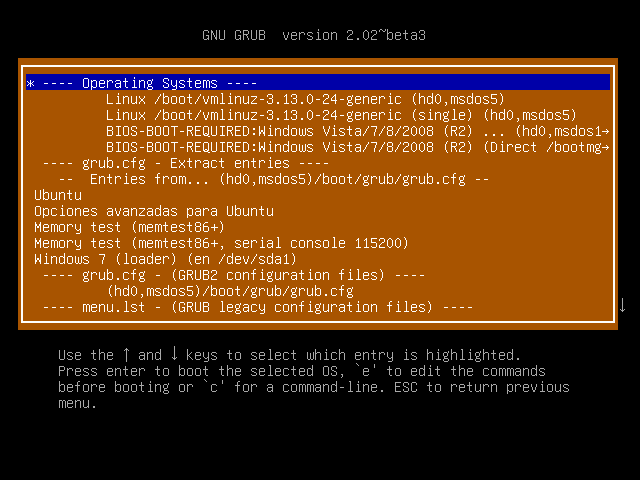
Super Grub2 Disk 2.02s9 edinmek için aşağıdaki linklerden yararlanabilirsiniz.
Super Grub2 Disk hakkında fikir edinmek için aşağıdaki videoyu izleyebilirsiniz.


